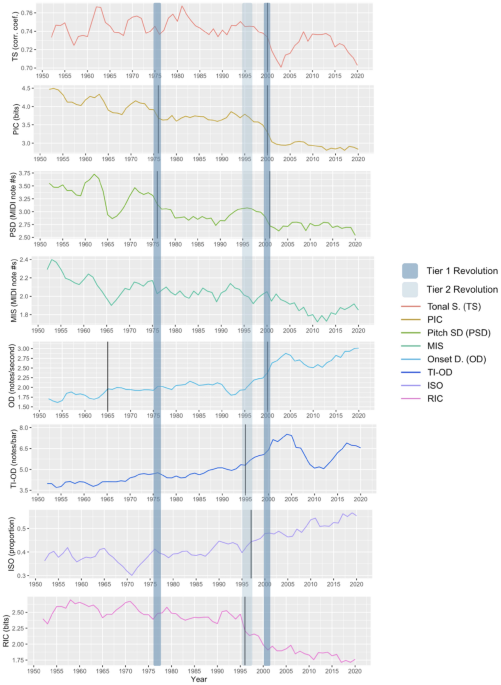
Unraveling a blockchain-based framework towards patient empowerment: A scoping review envisioning future smart health technologies
The COVID-19 pandemic shows us how crucial patient empowerment can be in the healthcare ecosystem. Now, we know that scientific advancement, technology integration, and patient empowerment need to be orchestrated to realize future smart health technologies. In that effort, this paper unravels the Good (advantages), Bad (challenges/limitations), and Ugly (lacking patient empowerment) of the blockchain technology integration in the Electronic Health Record (EHR) paradigm in the existing healthcare landscape. Our study addresses four methodically-tailored and patient-centric Research Questions, primarily examining 138 relevant scientific papers. This scoping review also explores how the pervasiveness of blockchain technology can help to empower patients in terms of access, awareness, and control. Finally, this scoping review leverages the insights gleaned from this study and contributes to the body of knowledge by proposing a patient-centric blockchain-based framework. This work will envision orchestrating three essential elements with harmony: scientific advancement (Healthcare and EHR), technology integration (Blockchain Technology), and patient empowerment (access, awareness, and control).
The advent of Electronic Health Record (EHR) initiated a revolution in Health Information Technology (HIT). The Health Information Technology for Economic and Clinical Health (HITECH) Act of 2009 provided an incentive of $30 Billion for adopting EHR (Birkhead et al., 2015). According to a report, from 2009 to 2015, a 7-fold increase (from 12.2% to 84%) was found in EHR adoption (Adoption of Electronic Health Record, 2008). The increased system efficiency corroborates both the necessity and success of EHR (Quan et al., 2016)– (Cao et al., 2019a). Patients can now have easy access to their medical records. Quick consult through digital document sharing paves a secure and time-saving path toward patient care. Stored individual patient data helps care providers recommend potential treatment options through pattern recognition, report data analysis, and make data-driven decisions (Lucero et al., 2019)– (Cho et al., 2020). Other advantages include reduced risk of data loss and medical error, and real-time change of patient data (Sauer et al., 2022)– (Cerchione et al., 2022). Different built-in templates and e-prescriptions save time and boost system efficiency. Financial transaction inquiries, billing, and insurance claims have become more convenient (bin Ahmad et al., 2022). EHR contributes to the elimination of lost paper superbills by generating electronic superbills and bill insurances. Even in case of any billing anomaly, patients can easily submit claims to track and check. These advantages have changed the landscape of current hospitalization. The system provides a holistic perspective for better patient treatment. Pre-set reminders automate patient check-up appointments, report pickups and track progress. EHR also enables personalization based on patient or service requirements (Abul-Husn & Kenny, 2019)– (Oh et al., 2022). Built-in templates help care providers to document common data such as patient feedback, issues, or complaints. The communication gap between care providers and patients has been greatly reduced. Doctors can easily access, track and follow up according to patient requirements. Internal and external data sharing has become more convenient (Ghafur et al., 2020).






_social_media.jpg)










